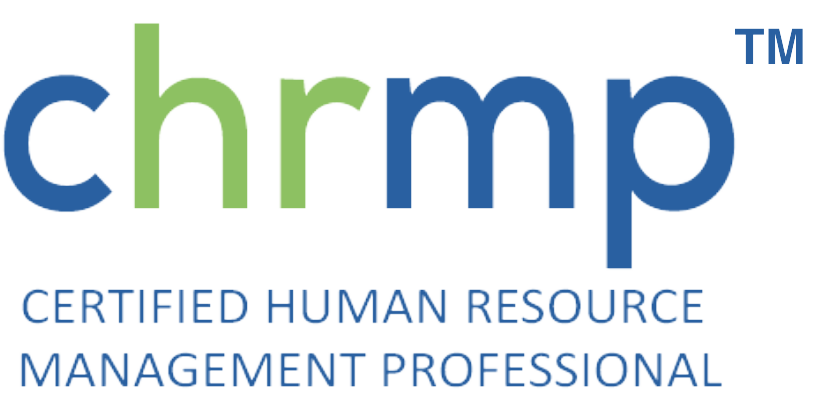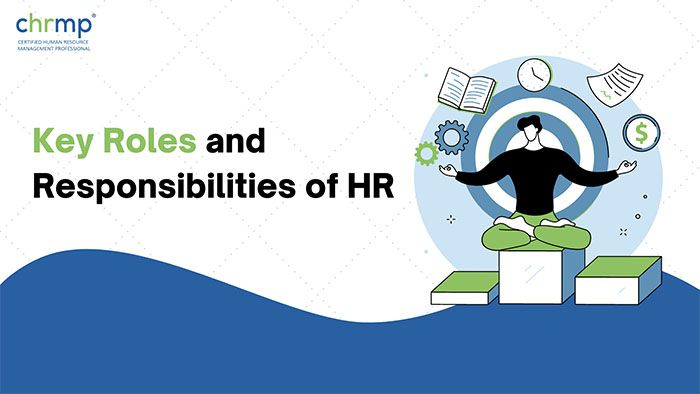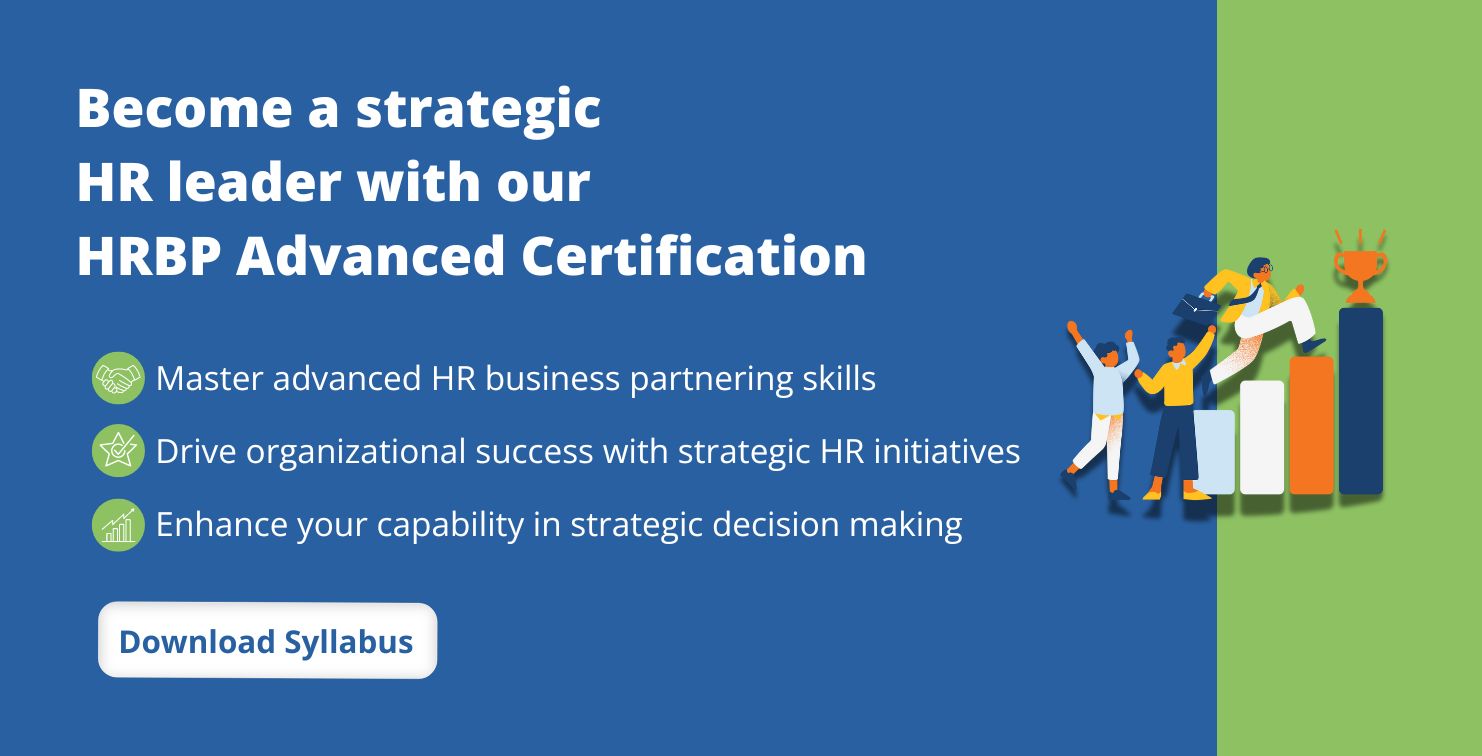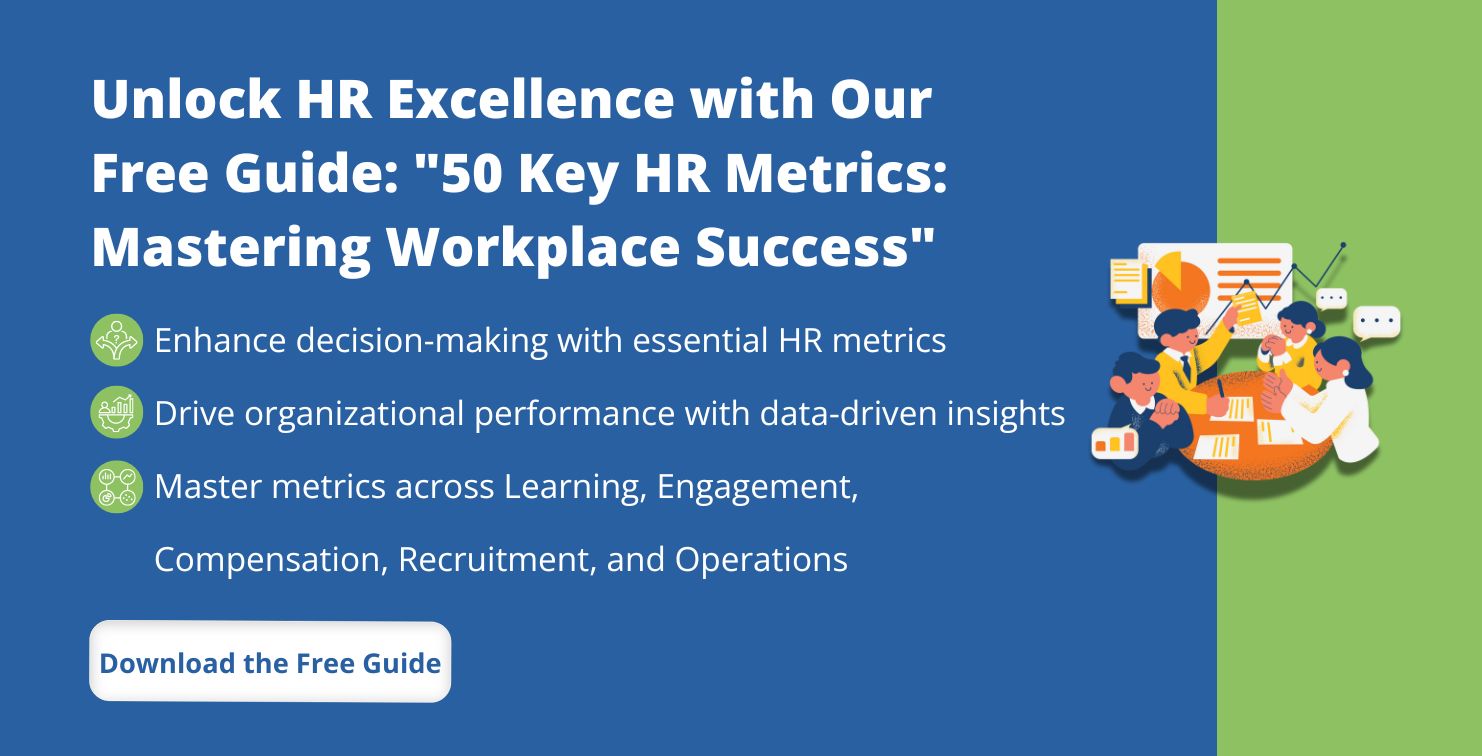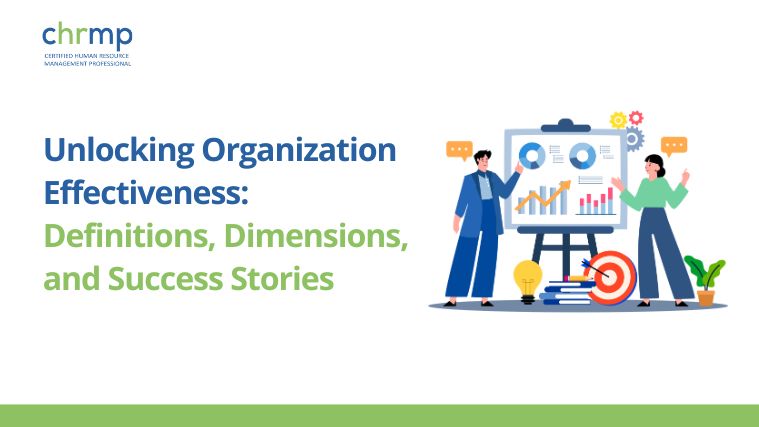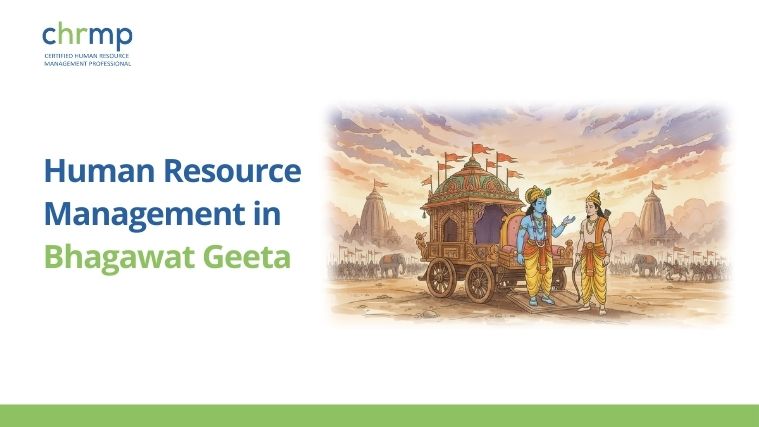Welcome to our comprehensive guide on the important roles and responsibilities of HR.
In this blog Roles and Responsibilities of HR, we will explore 15 key areas of HR, including talent acquisition, employee development, performance management, and more.
Gain valuable insights and practical tips to enhance your HR expertise or make informed decisions within your organization.
Let’s dive in and discover the crucial functions that make HR essential for success.
What are Human Resources?
The term “human resource” was first used by American institutional economist John R. Commons in his 1893 book The Distribution of Wealth.
However, it wasn’t until the 20th century that HR divisions were formally established and given the responsibility of resolving disputes between workers and their employers.
A person or employee who works for an organisation is referred to as a human resource. Employees are resources that contribute labour to the company’s objectives. The term “human resources” refers to every employee of a company.
The employees who make up a company’s or organisation’s workplace are considered human resources.
HR’s roles and responsibilities in the corporate world include hiring, training, managing, and creating corporate policies.
The human resources department of a business focuses on its employees, who are its most valuable asset, and oversees and manages the employee life cycle.
15 Key Roles and Responsibilities of HR ![]()
The main duties and responsibilities of the HR department are focused on finding the best ways to use the employees already present in the company.
These factors influence maximum employee satisfaction and performance. By paying attention to these factors, the human resource department ensures that the business has an adequate workforce to achieve the organisation’s goals.
Let’s examine each duty and role in turn.
1. Candidate recruitment
The simplest and first action taken by HR is the hiring of a candidate.
Although the process of hiring candidates is difficult and expensive, it is rewarding to meet new people and evaluate their abilities.
The creation of a hiring process is one of the primary duties of HR. The procedure entails determining the needs of the business and choosing those needs following the criteria.
The right applicant can raise the company’s morale as a whole.
If you are in charge of these duties, you must conduct a thorough market analysis before you begin the hiring process.
2. Processing company payroll
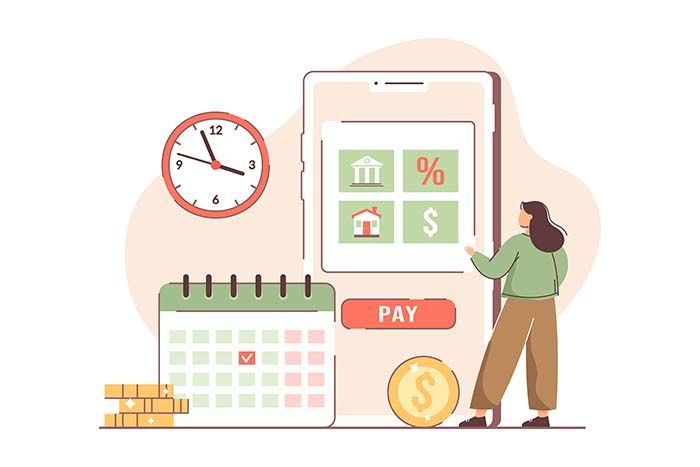
Calculations for taxes deducted increase gross pay, and many other factors are required.
The HR executive must also determine how bonuses and appraisals are added to an employee’s gross pay.
To maintain the integrity of the records, the Human Resources department must oversee the business’ payroll operations.
3. Implementing a safety program
Protecting the employees’ health and safety is crucially dependent on HR.
Because employees spend 8 to 10 hours a day at work, HR has a significant role and responsibility in ensuring their safety and health.
HR must start a formal safety programme in the company for the staff, such as:
- Quitting drinking and smoking
- Proper instruction on how to operate heavy equipment
- Physical condition
4. Updating and designing companies policy
If you want the business to produce results, rules and regulations must be followed.
As the primary duty of HR, you must continue to update the company’s current policies if you are applying for the HR position.
Sometimes employees’ improper behaviour results in policies failing to be effective.
The HR staff must update the policies and rules to make them suitable for business operations if a particular approach is not followed or is complex.
HR must regularly assess effective plans and how many people adhere to the rules.
5. Resolve conflicts
The human resources division serves as a mediator to settle disputes between coworkers, managers, and coworkers. Even though it may harm the company’s employees, the HR department can reduce these conflicts.
To find a mutually agreeable resolution for all parties, the HR department will adhere to conflict resolution procedures.
Reducing the possibility of conflicts between employees within the organisation is central to the roles and duties of HR.
The proper disciplinary measures are implemented, and everyone is informed in detail.
The HR department is responsible for investigating complaints of discrimination, unfair treatment, and poor working conditions.
6. Maintaining a work environment
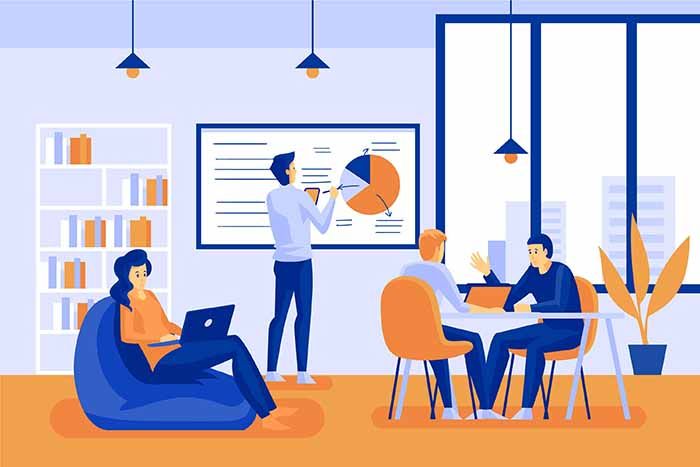
Maintaining a positive workplace culture in the organisation is one of the crucial Roles and Responsibilities of HR.
It consequently raises productivity and lowers absenteeism, worker turnover compensation, and medical claim costs.
Therefore, the human resources division should ensure that the workers are happy with their tasks and get along with their managers and coworkers.
7. Performance analysis
Performance is evaluated using a standard set of criteria in performance analysis.
With performance analysis, human resources can review an employee’s contribution to a task or project.
Performance analysis has three stages.
1. Data gathering
2. Transformation of data
3. Displaying data
8. Employee engagement
Employee engagement refers to the workforce’s zeal and commitment to the business.
Employees who have actively involved in their work show more significant commitment to the organisation, their jobs, and their interactions with coworkers.
Companies with engaged workers will generate higher earnings per share and have a better chance of returning from downturns and recessions.
9. Employee retention
Every company needs devoted workers who will stick with it and advance.
Therefore, management must keep those workers who have high regard for their company and give their best.
Retaining top performers is one of HR’s roles and responsibilities.
1. HR must get involved and ascertain the cause of an employee’s resignation.
This is so that no employee will quit the company without a good reason.
HR must therefore support it and determine the root of the problem.
2. HR must encourage employees to discuss any problems they may have with the business or coworkers.
The employee might understand HR’s viewpoints if they can make them feel at ease around them.
This will enable them to take the necessary actions to address the problem.
3. HR must select the best candidate for the position during the hiring process.
A worker who is dissatisfied with their job is more likely to leave the company.
4. HR must carry out motivational activities to maintain employee satisfaction.
They are the most important resource, so maintaining their job satisfaction is of utmost importance.
Additionally, extracurricular activities, internal and external training, and other forms of exercise will help the staff feel at home in the business.
5. Top performers should be given incentives regularly.
Employees will never feel content with their jobs if they give their all to the company but receive no appreciation.
A welcoming environment and polite behaviour can significantly lower turnover.
10. Compensation and benefits
The phrase “compensation and benefits” refers to all the perks a business offers its workers in exchange for their labour.
The salary is the first thing anyone will consider when considering a new position.
However, in practice, compensation entails much more than a simple salary.
The company offers indirect compensation like insurance, stock options, housing, and transportation.
11. Appraisals and promotions
Periodic evaluation of an employee’s performance is the focus of performance appraisal, which enables managers to gauge their progress and address any weaknesses.
The smooth execution of the appraisal process is one of the many roles and duties of HR.
Each employee’s duties should be known to the HR department so that HR can evaluate each employee based on their strengths.
As a result, before beginning the appraisal, an HR professional can sit down with a company’s functional departments and understand the assigned tasks.
Please make sure the employees are aware of the appraisal criteria and that they are transparent.
Additionally, it is crucial to give the staff the necessary training to ensure a successful assessment.
12. Training and development of employees
The way training and development are approached has undergone a significant change in recent years.
After realising how important it is, businesses have started to invest in the training of their employees.
Companies must be aware of their employees’ development as the business world changes. They must prioritise it and aid their employees in learning the skill.
13. Induction
Introducing the new employee to their position and the company is known as induction.
It entails extending a warm welcome to new employees and giving them any basic information they might require to become familiar with the business.
Does it sound challenging?
It might be if you don’t have a good process in place. The induction procedure has an explanation component.
1. Regarding their responsibilities and roles.
2. Corporate Policies
3. The organisation’s hierarchy and responsibilities.
Introducing the new employee to the company is the focus of the induction process, which is slightly different from onboarding.
A strategic process called onboarding takes at least a year to complete.
The HR department handles the induction process for new hires.
Remember that the company and the employee stand to gain from this process.
14. Conducting survey management
Data from surveys is crucial. Employees can be shy at times.
They might be reluctant to express their opinions in public.
Additionally, it aids in maintaining the organisation’s feedback system.
To manage surveys, HR departments ask employees to complete forms and circulars.
15. Managing business partners

The manager serves as the company’s public face. The HR Department manages all strategic partnerships.
The HR Manager speaks for the company in public.
The HR department represents the company at meetings and conferences about corporate mergers and acquisitions.
Job Descriptions and Designations in the Human Resource Department
The human resources department decides on organisational charts, job descriptions, and other hiring tools.
This function emphasises the importance of having distinct job titles for the HR team.
Here is information about the various HR job titles and what they entail that you should be aware of as you build your company and grow your team.
1. CHRO
A CHRO or VP of HR may work for a company and report to the CEO or owner of the company, respectively.
The most senior position on an HR team is this one.
The person who fills one of these positions is primarily in charge of the group of recruiters and HR specialists.
In other words, this position will direct staffing plans, create hiring plans, establish goals for employee training, and manage payments and benefits.
2. HR directors
The employee side of HR is under the direction of the HR director or “deputy director.”
This entails handling personnel budgets, staffing, compliance, payroll, benefits, and employee relations.
Some businesses have multiple HR directors in charge of various operating regions.
Smaller teams of HR directors might place less emphasis on compliance and more on fostering positive working relationships and an environment where employees can thrive.
3. HR managers
An HR manager is a generalist position focusing on training and onboarding, staff supervision, determining benefits and compensation, and troubleshooting workplace issues.
The position may also involve some recruiting duties.
The HR manager will be in charge of all hiring procedures if there is no recruiting manager.
4. HR co-ordinators
All tasks related to human resources, such as developing corporate policies and enhancing employee relations, are managed by an HR co-ordinator or generalist.
This person might help with benefit plan creation, organise company retreats, and other efforts to promote an inclusive culture.
5. Business partner HR
A human resource business partner, also known as an HRBP or HR Business Partner, works with management in specific business units to align business objectives.
The HR Business Partner is well-versed in the business environment, including the business unit’s culture, competition, and long-term plans.
6. People data analyst
An organisation’s human resources analyst gathers and researches data on costs, job types, and human resources-related issues.
HR analysts use human resources information systems (HRIS) to accurately and efficiently manage HR data.
Additional duties handled by an HR analyst are compiling salary information, gathering employee information, and maximising human resource efficiency.
7. Vice president HR
The administrative HR functions of a company are planned, managed, and coordinated by the vice president of human resources.
Vice Presidents of Human Resources are executives who collaborate with other executives on strategic planning, including sourcing, screening, and hiring new employees.
The vice president of human resources acts as a liaison between senior management and the workforce in an organisation, managing the following duties:
– Organising and managing benefit programmes
– Providing advice on sexual harassment and issues of equal employment opportunity
– Managing personnel issues and mediating conflicts
– Coordinating and managing HR professionals and support personnel
8. HRIS director
The HRIS position necessitates both technical and HR knowledge.
An applicant tracking system, benefits portal, or software for remote interviews are just a few examples of the HR and recruiting software and technology that this specialist position oversees.
This person collaborates with your IT department to safeguard employee data, which is important as more staff members or candidates work from home.
9. Recruiting co-ordinator
A recruiting manager may direct a group of recruiters or manage the hiring process directly, depending on the size of your business.
This entails advertising job openings, creating a budget, organising job interviews, putting together job offers, and carrying out the company’s hiring strategy.
10. Head compensation and benefits
Setting up compensation and benefit plans for the entire company is the focus of this specialised position.
The compensation and benefits manager will be in charge of payroll, insurance provider vetting, enrollment management, and helping to determine pay scales for various positions within the company.
This position requires a good deal of knowledge of HR procedures, laws, and compensation plans.
11. Chief diversity officer
The chief diversity officer (CDO) is a senior leader who creates and implements diversity, equity, and inclusion (DEI) initiatives within an organisation (CDO).
The CDO’s mission is to advance diversity and inclusion as fundamental principles and elements of the company’s culture.
An organisation’s chief diversity officer is in charge of considering how to engage, activate, and support its talent.
They make sure that everyone in the organisation, regardless of gender, race, sexual orientation, age, or disability, has access to upward mobility.
Top 5 Skills Every HR Should Have
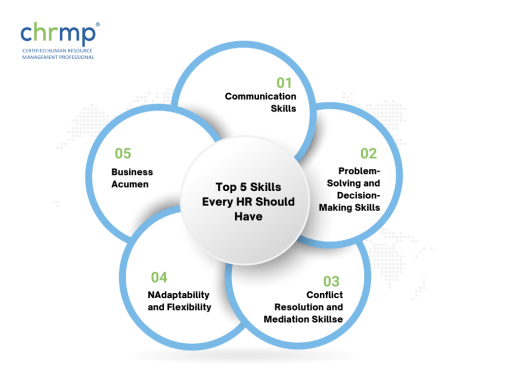
1.Communication Skills:
Effective communication is crucial for HR professionals to interact with employees, management, and stakeholders. Strong verbal and written communication skills enable HR to convey information clearly, actively listen to employees’ concerns, and facilitate open and transparent communication within the organization.
2. Problem-Solving and Decision-Making Skills: HR professionals encounter various challenges and dilemmas in their roles. Having strong problem-solving and decision-making skills allows them to analyze complex situations, identify viable solutions, and make informed decisions that align with the organization’s goals and values.
3. Conflict Resolution and Mediation Skills: HR often deals with employee conflicts and disputes. The ability to effectively mediate and resolve conflicts, demonstrate empathy, and facilitate constructive dialogue is essential for maintaining a harmonious work environment and fostering positive employee relations.
4. Adaptability and Flexibility: HR professionals must navigate a rapidly changing business landscape and evolving workplace dynamics. Being adaptable and flexible enables them to embrace change, adjust HR strategies and policies accordingly, and effectively support employees and the organization through transitions.
5. Business Acumen: HR professionals need a solid understanding of the business and industry in which they operate. This includes knowledge of financial principles, industry trends, and organizational goals. Having business acumen allows HR to align HR strategies with business objectives and contribute to the overall success of the organization.
By possessing these skills, HR professionals can effectively carry out their roles, contribute to organizational growth, and foster a positive and engaging work environment.
How do Roles and Responsibilities of HR Benefit Employees?
1. Promote career advancement
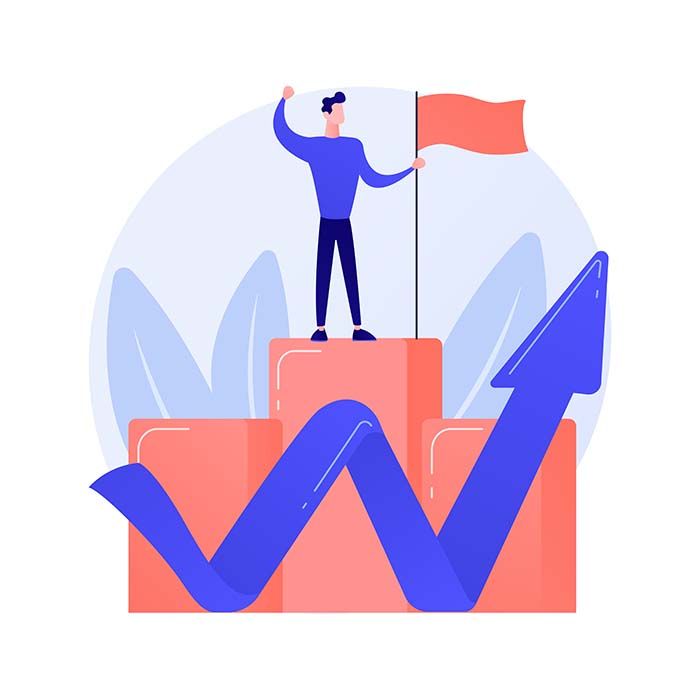
Only if they progress alongside the company will an employee remain committed to it.
One of HR’s roles and obligations is ensuring that employees can benefit the most from career growth.
When a company loses its best employees, it suffers.
The employees’ loyalty to the company can be significantly increased if HR starts offering them career paths.
2. Promoting wellbeing and health
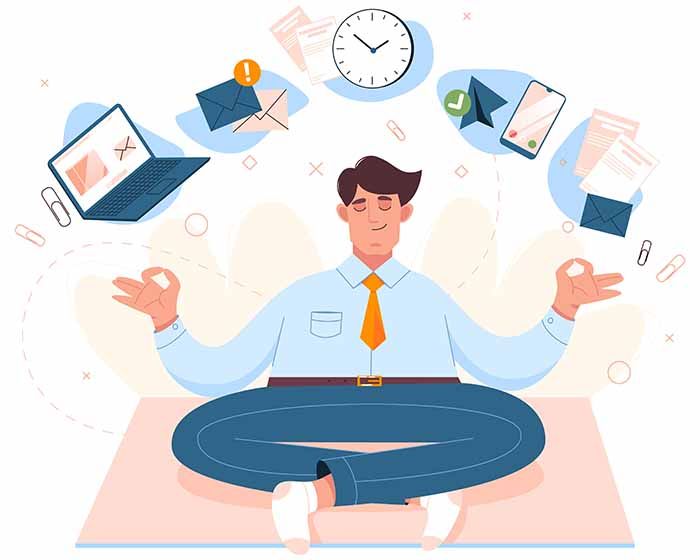
One of the responsibilities of HR is to support the employees’ personal and professional development.
Some businesses recognise the value of educated workers and the advantages they can provide for the company.
Businesses view it as a wise investment that will yield good returns.
Which training and skill-development sessions the employees should attend can be decided by HR.
HR can identify each employee’s areas of weakness through their performance evaluation reports and provide appropriate training.
3. Possibilities for continuing education
Being appointed as a manager of the company is a lengthy process. They are created, not born.
To become a manager, an employee must go through HR.
The company’s future can be shaped by giving the managers proper and sufficient guidance.
The managers can stay current with advancements and emerging trends with regular training sessions and skill-development workshops.
4. Training and supporting manager
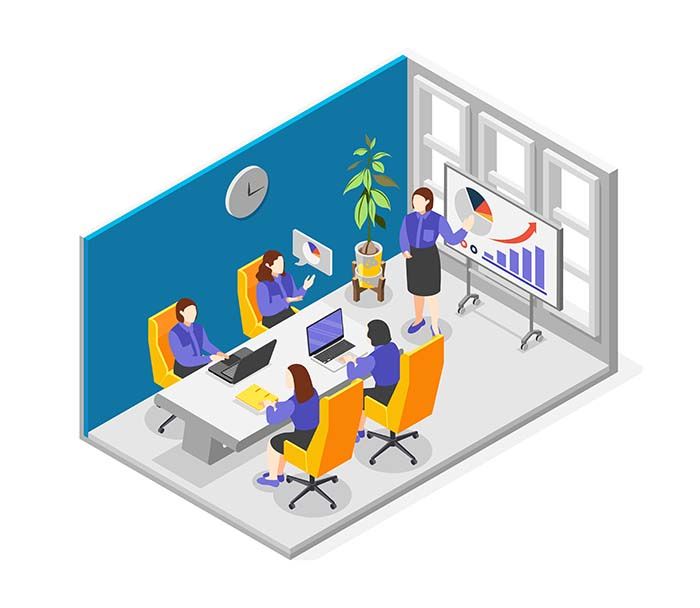
The HR division is in charge of preparing the staff for greater productivity. The executives will eventually be able to manage their HR Teams as managers.
According to experience, the HR department develops through ongoing training and development programmes.
The managers can stay current with advancements and emerging trends with regular training sessions and skill-development workshops.
Roles and Responsibilities of HR FAQs
1.What is the role of HR in talent acquisition?
HR plays a crucial role in talent acquisition by sourcing and attracting top talent, conducting interviews and assessments, and ensuring a smooth onboarding process for new hires.
2. How does HR contribute to employee development?
HR facilitates employee development by identifying training needs, creating learning and development programs, providing career guidance, and fostering a culture of continuous learning within the organization.
3. What is the purpose of performance management in HR?
Performance management in HR involves setting clear performance goals, providing regular feedback and coaching, conducting performance evaluations, and recognizing and rewarding high performers. Its purpose is to improve individual and organizational performance.
4. What role does HR play in compensation and benefits?
HR manages compensation and benefits programs, ensuring fair and competitive salary structures, designing employee benefit packages, administering payroll, and staying updated on labor laws and regulations related to compensation.
5. How does HR promote employee engagement?
HR promotes employee engagement by creating a positive work environment, implementing employee recognition programs, facilitating effective communication channels, supporting work-life balance, and addressing employee concerns through open and transparent processes.
Conclusion | Roles and Responsibilities of HR
The human resources division is a crucial foundation for a business’s development.
They are more than just hiring, training, and compensation. They help to create the company’s culture and guarantee that everyone is happy with the tasks they are given to complete.
A company is only as good as its employees. The HR department is in charge of those individuals.
If you want to more about Human Resources and its various aspects visit, www.chrmp.com
